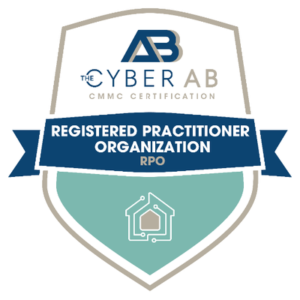In a recent survey published by Deloitte, almost all (98%) U.S. executives said that their organizations experienced at least one cybersecurity incident in the past year. Yet, despite this staggering incidence rate, nearly 14% also revealed they have no strategic or operational plans in place to defend against cyber threats. Moreover, amid the myriad cyber threats to their organizations, U.S. executives reported unintended actions by well-meaning employees as the top concern, but 15% declared they have no way to detect or mitigate the risk posed by their own workforce. In the face of near certain danger, why do so many companies remain defenseless?
Implementation Challenges
The Deloitte survey, which polled nearly 600 C-level executives, found that the primary obstacles to implementing cybersecurity programs were:
- Management of data traversing complex perimeters
- Inability to keep up with technology changes
- A need for better prioritization across the enterprise
- Difficulty recruiting and retaining cybersecurity talent
The cyber skills gap was particularly acute for U.S. employers, with 31% citing it as a problem, compared with 16% internationally.
Developing an effective cybersecurity program is challenging, but the rising prevalence and cost of cyberattacks makes it imperative. MBL Technologies has been helping organizations overcome obstacles to implement long-term, sustainable cybersecurity solutions since 2007. Our security experts can show you how to create a defense plan rooted in best practices and tailored to your unique risk profile.
Establishing a Cyber Threat Defense Plan
Whether you’re building a cyber threat defense plan from scratch, or looking to improve your existing strategy, here are some basic steps you can follow:
- Conduct a security risk assessment to identify your organization’s assets, including critical infrastructure and sensitive data, and the risks to those assets. It is highly recommended to enlist an expert third party to perform this assessment who can conduct comprehensive vulnerability scans and penetration testing.
- Assess your cybersecurity maturity using a standardized framework as a baseline. Commonly used frameworks include the NIST Cybersecurity Framework, ISO 27001 and CIS Critical Security Controls. By measuring your security practices against industry standards, you can identify the strengths and weakness of your current defense posture. That same framework can then be used to establish maturity goals and measure progress.
- Implement security controls to mitigate threats based on your organization’s risk profile. These controls should not only focus on prevention but also detection and response. System monitoring and incident response capabilities are critical to identifying and containing attacks when they inevitably occur.
- Document everything. Your cybersecurity strategy should be thoroughly documented in policies; procedures; risk assessments; and actionable plans, including a periodically tested incident response plan. These documents should be regularly reviewed and updated to ensure your strategy adapts to changes in the threat landscape.
Contact us to learn more about our diverse set of technology services for the federal, civilian and commercial markets.




